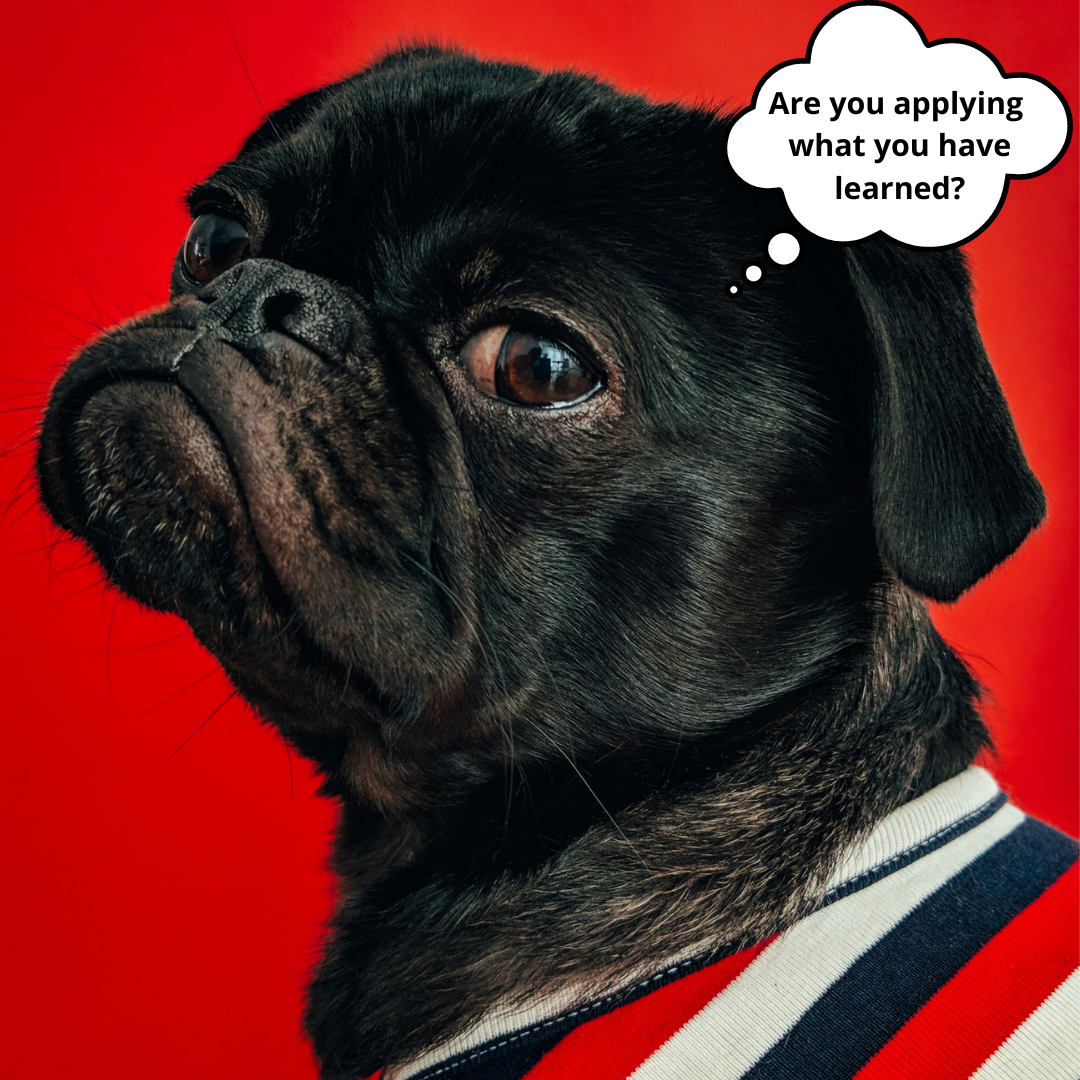Why is my dog doing this?
Photo by Helena Lopes on Unsplash
We might sometimes think that looking for the one and only reason for our dogs’ behaviour will solve all of his behavioural problems. Still, finding the cause (which I call a function of the behaviour) is not a synonym with changing it. The trouble is, more often than not, one behaviour has multiple functions. The good example is barking. A dog can bark to get your attention, to scare your neighbours off when he sees them, to indicate the scary noise in the environment (it can be more complicated than, noise can have many negative associations that the dog reacts to) or to initiate play with another dog. One behaviour and at least 4 possible functions. To have an understanding which one is currently influencing his behaviour, we should observe the dog while barking. If he is looking at you intensively and you start talking to him, he is the most likely trying to get your attention. If he is looking intensely at someone else outside the house and they eventually go away, he might try to scare them off the property. If he is barking and then stopping to listen, without staring in any particular spot, it might be the noise that is contributing to the barking (contributing, not causing!). When he is barking at other dogs it might mean ‘play with me’ or it might mean ‘go away’. The bark will most likely be different in both situations and so will his body language.
Photo by Robert Gramner on Unsplash
In asking ourselves why is my dog behaving in this way, we can get closer to understanding him but it won’t be a simple process that will take you straight to one answer. Behaviour doesn’t happen in a vacuum and there are multiple forces influencing it at the same time. It is necessary to reflect on it to be able to come up with a good training plan but it might be far more complicated than one thing. That’s why most of dog trainers when asked ‘Why is my dog doing this?” will give you an answer – “it depends”. As much as I understand how frustrating it can be to hear it, at some point when you learn about the nuances of behaviour, you start to appreciate it.
Photo by Helena Lopes on Unsplash













I'm feeling great and I prioritise health. I don't feel better than anyone else! I can enjoy feeling good about myself and hope for everyone else to enjoy themselves too. I believe that happiness is not something you achieve, it's something you DO. I'm choosing habits for happiness and I do them every day. I hope you can join me and start to seek happiness every day.